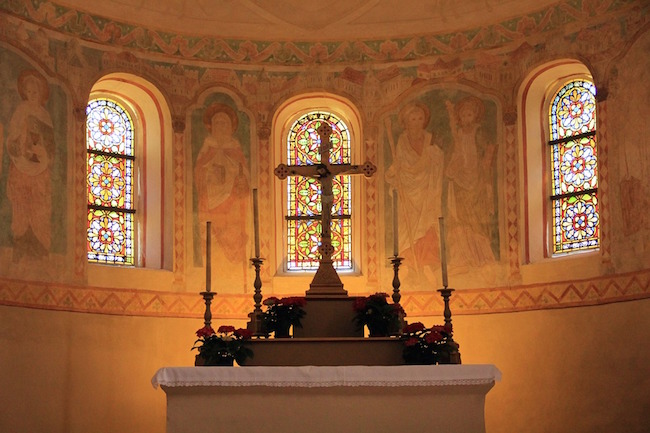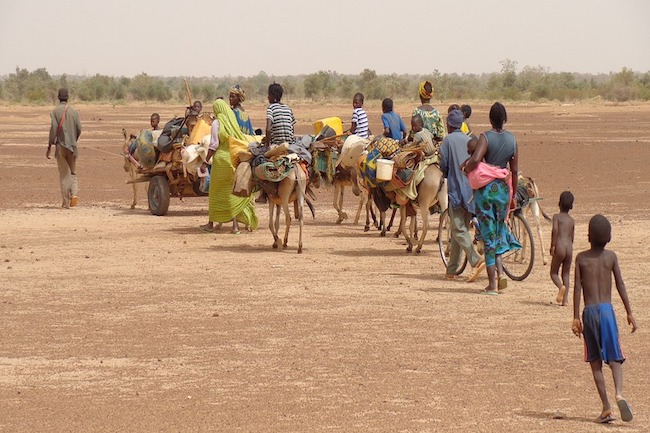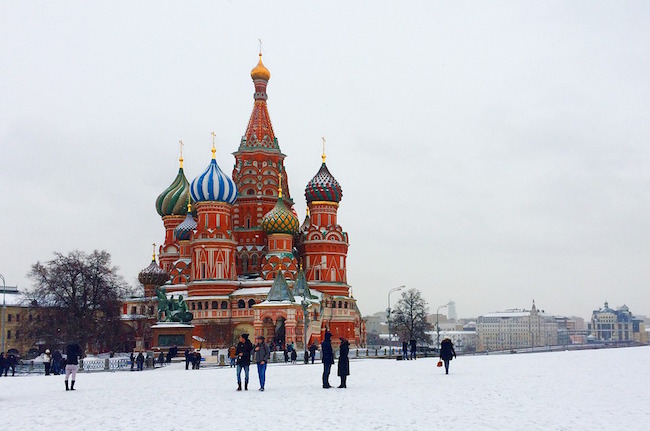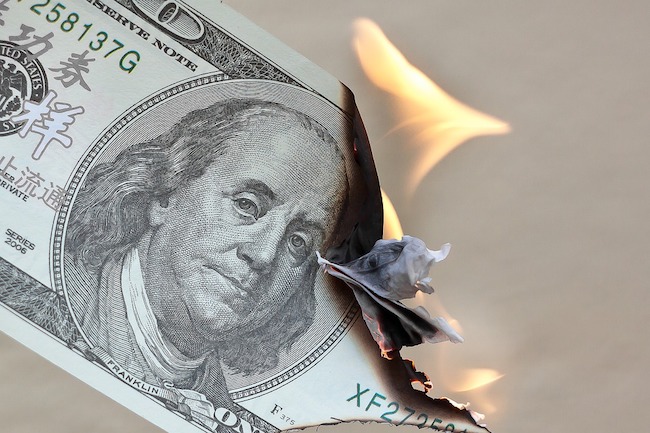5 Major Differences Between Catholicism and Russian Christianity from Russia-Insider
A popular American priest explains how Rome has departed from its roots in the original Christian church, which is called Orthodox Christianity, the kind practiced in Russia.
We highly recommend this Youtube channel, Theoria (Divine Vision in Greek). It has some fantastic videos about Orthodox Christianity.
This one features Father Andrew Stephen Damick, a well-known and popular Antiochian Orthodox Archpriest. He grew up the son of Evangelical missionaries.
Fr. Damick is a great speaker and apologist, famous for his blog, his podcast, and his book Orthodoxy and Heterodoxy, which we highly recommend. It explains how Orthodox Christianity differs from Protestantism, Catholicism, and other world religions. You can listen to the book for free in podcast form.
Outline of his main points follows below the video.
His main points:
- The Orthodox Church has no Pope
- In the Catholic Church, the Pope is both
- Supreme in jurisdiction over the entire church
- Infallible – Catholics believe he is incapable of error when he speaks on faith or moral issues under certain conditions.
- In Orthodoxy, all bishops are fundamentally equal in theological authority, even if some have higher administrative roles. For example, the head of the Russian Church, the patriarch, sets general policy, but he is not theologically superior to other bishops. Even the patriarch, who is sometimes referred to as ‘the first among equals’ does not have the power to interfere with a local bishop’s canonical running of his own diocese without calling a council of bishops.
- In the Catholic Church, the Pope is both
- Involvement of Children
- Catholics must wait until they are older to be full members of the church.
- Orthodox children are considered full members, receiving Baptism and Communion (Eucharist) from birth, as well as other sacraments, such as confession, in childhood.
- What happens after death
- Catholics believe in purgatory, an intermediary place between heaven and hell where souls not completely ready for heaven are purified. They also believe in the validity of indulgences, although they no longer sell them.
- Orthodoxy condemns these teachings as heresy.
- Modernization of Church Services
- Catholics radically changed their services in the 60s, trying to bring the church into the modern age. The result has been a disaster. The Orthodox try to preserve the way Christianity was practiced since its beginnings. Their services are largely unchanged since the 3rd century.
- The Orthodox church never experienced major changes, whereas Catholics have had councils (such as Vatican II) where they have entirely changed rituals, services, and character. Nearly every aspect of the Orthodox liturgical tradition has been largely unchanged for 2,000 years, and the Russians for almost 1,000.
- Diet restrictions (fasting)
- In Orthodoxy, this is extensive. For over half of the days of the year there are restrictions – mostly this means not eating any animal products (i.e. dairy, eggs, meat) nor drinking alcohol. The Church attaches great importance to these fasts, and they are a big part of living an Orthodox lifestyle.
- The Catholics for centuries were very similar, but again, in the 60s in an effort to be more ‘modern’ they got rid of most of the fasts. This is an example of how in practice, Catholicism is far more liberal than Orthodoxy.





